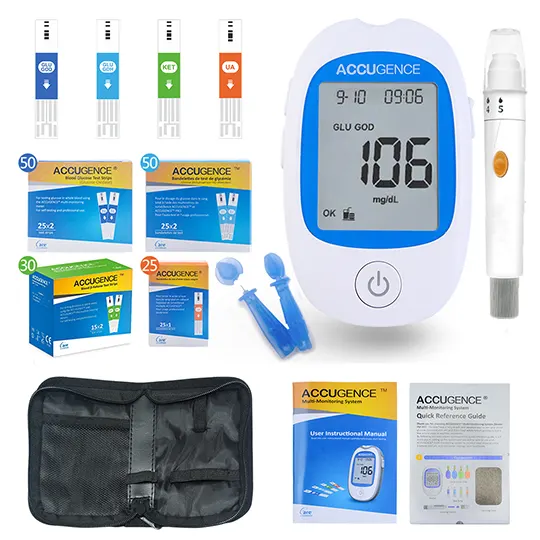Dosing and uses of Palgic, Arbinoxa (carbinoxamine)
Adult dosage forms and strengths
tablet
- 4mg
oral solution
- 4mg/5mL
oral suspension, extended-release (Karbinal ER)
- 4mg/5mL
Allergies
4-8 mg PO q6-8hr PO; not to exceed 24 mg/day
Karbinal ER: 6-16 mg (7.5-20 mL) PO q12hr
Other Indications & Uses
Seasonal & perennial allergic rhinitis, vasomotor rhinitis, allergic conjunctivitis, urticaria & angioedema, dermatographism, anaphylactic reactions adjunctive to epinephrine, amelioration of the severity of allergic reactions to blood or plasma
Pediatric dosage forms and strengths
tablet
- 4mg
oral solution
- 4mg/5mL
oral suspension, extended-release (Karbinal ER)
- 4mg/5mL
Allergies
2-6 years: 0.2-0.4 mg/kg/day PO divided q6-8hr or 1-2 mg (2.5 mL) PO q6-8hr
>6 years: 2-4 mg (5-7.5 mL) PO q6-8hr
Karbinal Er
- 2-3 years: 3-4 mg (3.75-5 mL) PO q12hr
- 4-5 years: 3-8 mg (3.75-10 mL) PO q12hr
- 6-11 years: 6-12 mg (7.5-15 mL) PO q12hr
- ≥12 years: 6-16 mg (7.5-20 mL) PO q12hr
Geriatric dosage forms and strengths
Start at lower end of dosage range (4-8 mg PO q6-8hr) and decrease frequency if needed
Nonanticholinergic antihistamines should be considered first when treating allergic reactions (Beers Criteria)
Avoid use in elderly because of high incidence of anticholinergic effects
Clearance reduced with advanced age, greater risk of confusion, dry mouth, constipation, and other anticholinergic effects and toxicity
May exacerbate existing lower urinary conditions or benign prostatic hyperplasia
Palgic, Arbinoxa (carbinoxamine) adverse (side) effects
Varies in incidence & severity with the individual drug; also individual patients vary in susceptibility
Frequency not defined
CNS depression
Drowsiness
Sedation ranging from mild drowsiness to deep sleep (most frequent)
Dizziness
Lassitude
Disturbed coordination
Muscular weakness
Restlessness, insomnia, tremors, euphoria, nervousness, delirium, palpitation, seizures is less common
Epigastric distress
Anorexia
Nausea
Vomiting
Diarrhea
Constipation
Cholestasis, hepatitis, hepatic failure, hepatic function abnormality, jaundice is rare
Tachycardia, palpitation ECG changes (eg, widened QRS)
Arrhythmias (eg, extrasystole, heart block)
Hypotension
Hypertension
Dizziness, sedation, and hypotension may occur in geriatric patients
Dryness of mouth, nose, and throat
Dysuria
Urinary retention
Impotence
Vertigo
Visual disturbances
Blurred vision
Diplopia; tinnitus
Acute labyrinthitis
Insomnia
Tremors
Nervousness
Irritability
Facial dyskinesia
Tightness of the chest
Thickening of bronchial secretions
Wheezing
Nasal stuffiness
Sweating
Chills
Early menses
Toxic psychosis
Headache
Faintness
Paresthesia
Agranulocytosis
Hemolytic anemia
Leukopenia
Thrombocytopenia
Pancytopenia
Warnings
Contraindications
Hypersensitivity
Concurrency with MAO inhibitors
Preemies & neonates
Nursing mothers
Lower respiratory tract symptoms, eg, asthma
Cautions
Narrow-angle glaucoma, prostatic hypertrophy, peptic ulcer, GI obstruction, bladder outflow obstruction, history of bronchial asthma, incr IOP, HTN, hyperthyroidism, cardiovascular dz
May affect mental alertness
Elderly
Pregnancy and lactation
Pregnancy category: C
Lactation: excretion in milk unknown/contraindicated
Pregnancy categories
A: Generally acceptable. Controlled studies in pregnant women show no evidence of fetal risk.
B: May be acceptable. Either animal studies show no risk but human studies not available or animal studies showed minor risks and human studies done and showed no risk.
C: Use with caution if benefits outweigh risks. Animal studies show risk and human studies not available or neither animal nor human studies done.
D: Use in LIFE-THREATENING emergencies when no safer drug available. Positive evidence of human fetal risk.
X: Do not use in pregnancy. Risks involved outweigh potential benefits. Safer alternatives exist.
NA: Information not available.
Pharmacology of Palgic, Arbinoxa (carbinoxamine)
Mechanism of action
Histamine H1-receptor antagonist in blood vessels, respiratory tract, and gastrointestinal tract
Pharmacokinetics
Half-Life: 10-20 hr
Metabolism: Hepatic
Excretion: Urine



